On walking
2019-06-14trek , travel
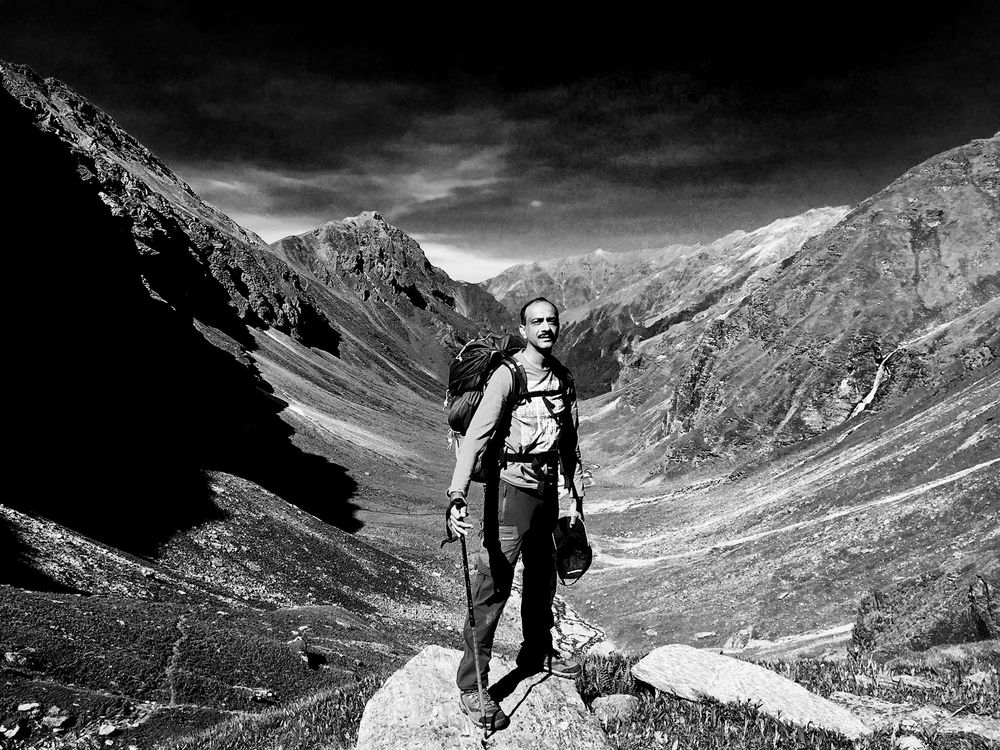
Having been on 8 long treks in the himalayas, one climbing Kilimanjaro and another 8 shorter ones in other parts of India, I know that the main parts of a trek are the long, often lonely walks. Hearing about the treks or seeing pictures, people often ask "Is that it? It's just one long walk? Why do you do it?". For one, it is not the walk alone of course. There are the times spent together in the camp, there are the picturesque and often adventurous road travel and so on. And walking provides a slow, contemplative appreciation of the surroundings that is impossible to match if done any other way. The beauty of the rolling meadows, blooms of tiny wild flowers, ice cold stream crossings, the warm marshy areas bubbling with methane (and the warm slushiness as we walked barefoot across), none of these would be the same if seen from the road. And even the ultimate destination, I believe, is experienced very differently. The pure waters of a high altitude glacier lake or a magical frozen waterfall would not be the same if seen after an hour's helicopter ride or bus travel as they are after 4 days of walking. So often on treks, I am repeatedly reminded of the title of one of Alan Sillitoe's book of short stories that I had read long back - "The loneliness of the long distance runner", and think instead of the loneliness of the long distance trekker. Walking with a heavy pack on the back, breathing the rarefied high altitude air, with either a hot sun or freezing winds adding to the difficulty, completing the days walk is done more in the mind than with the body, and therefore mostly alone, even when among a crowd.
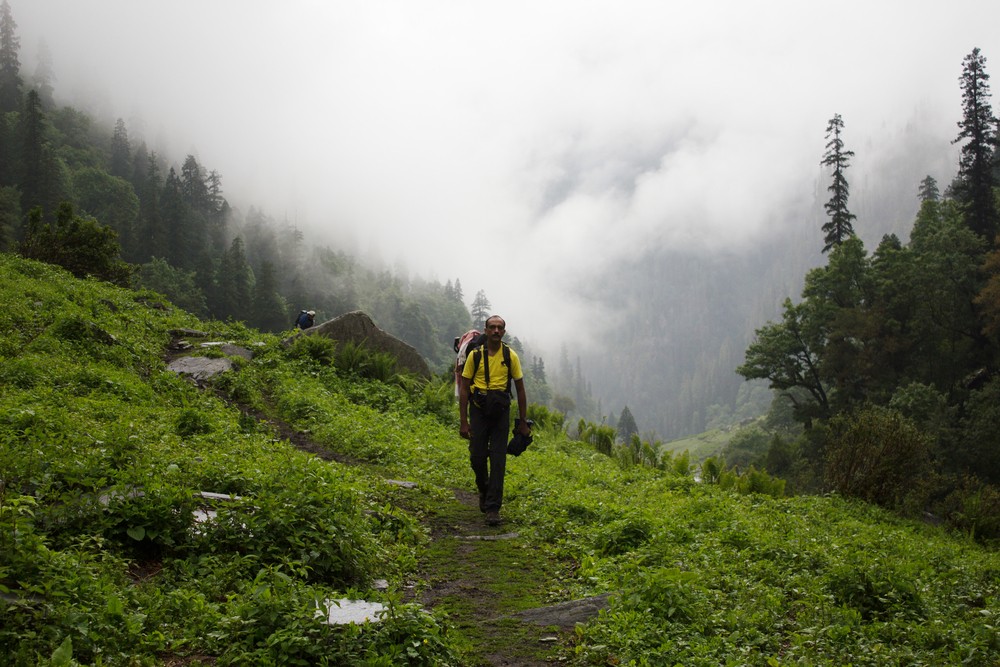
There are always the top few athletic ones in the group, people who will breeze through, leading the pack and walking effortlessly. I would argue that if you are not struggling through the walk, you are not really experiencing the trek fully, so perhaps they have chosen a trek with difficulty level below what they should have. But the mistake that should not be done is to try to keep pace with them or failing that, feel worried about your slow pace in relation to them. One should be comfortable with his or her own pace and be able to stick to it without any feelings of inadequacy or guilt. This means that when starting off as a group, within a couple of hours of everyone walking at their own pace, the trail has a scattering of trekkers, often separated widely. Sometimes this is better than trying to walk as a group together and fighting against your own natural pace.
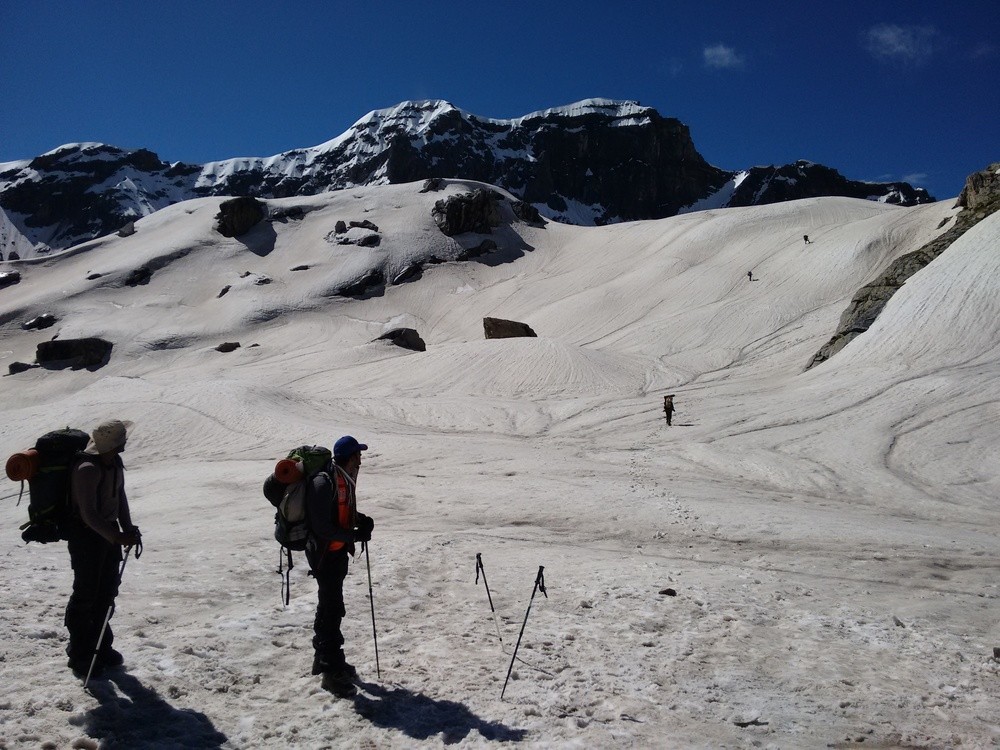
Of course, the large spread of the group comes with its attendant dangers of getting lost or getting injured and not having anyone close by to help, especially on trails that are not frequented. One way to reduce these is to pair up with a trek buddy. This is someone you find to have a natural pace close to yours and then you just stay within sight of each other all through the day. Also to help minimize the spread, one could identify the fast walkers and slow walkers after the first day and from then on, plan such that the slow walkers get an appropriate head start in the morning. This will help keep the group together somewhat. Most importantly, what any reasonable set of guides would do is to have a leader and a sweeper. The leader shows the way and is usually accompanied by the fast walkers. The sweeper resolutely sticks with the last man, making sure everyone is accounted for. I have always thought the quality of a team of guides can be decided based on the quality of the sweeper. A good sweeper is resolute, refusing to leave the last man alone, but also patient and encouraging.
A common mistake one does early on is to be discouraged when very early in the day you are struggling at your first incline itself. You extrapolate that to the whole day of walking still to be done and tell yourself "I will never complete this". Walking should be taken step by step, focusing only on the immediate. It is also a mistake to take many long breaks. Each break disrupts the rhythm, the muscles go stiff again and it seems strenuous on starting off again. When struggling, I have learnt to take short, standing breaks. I will typically count 20 steps (and 10 when the going is really tough), the count helping propel me across that distance, then just stand, leaning on the hiking pole while counting five breaths. At the end of that you start walking again. One difficult days, an entire days walk may sometimes be completed like this.
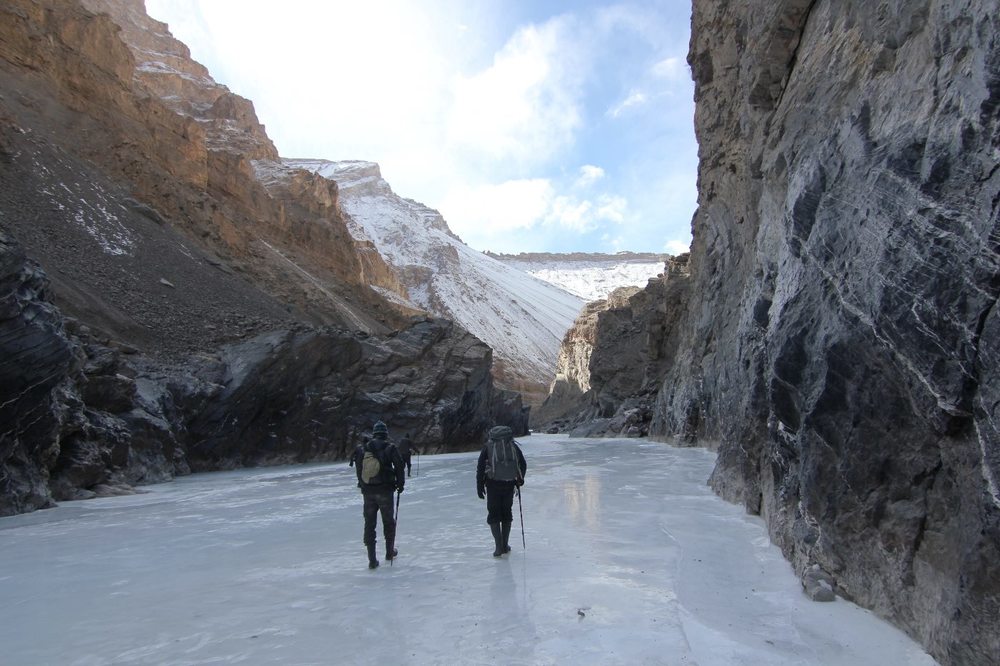
While climbing up Stok Kangri, we were taught an interesting and effective technique for staying together as a group by our guide. A group of trekkers of roughly similar speed keep together, trekking in a chain. With everyone assembled on the trail in single file, only the last person walks, slowly moving to the front of the line, while everyone else rests in place. Once you are at the front, you get your rest while the others sequentially move ahead of you. It may sound a little cumbersome, but is actually very effective on the ground with a group size of about 6. It keeps the group together, there is the sensation of doing things together and each person gets cycles of rest and movement.I found it one the few methods where walking while staying together as a group was actually enjoyable.
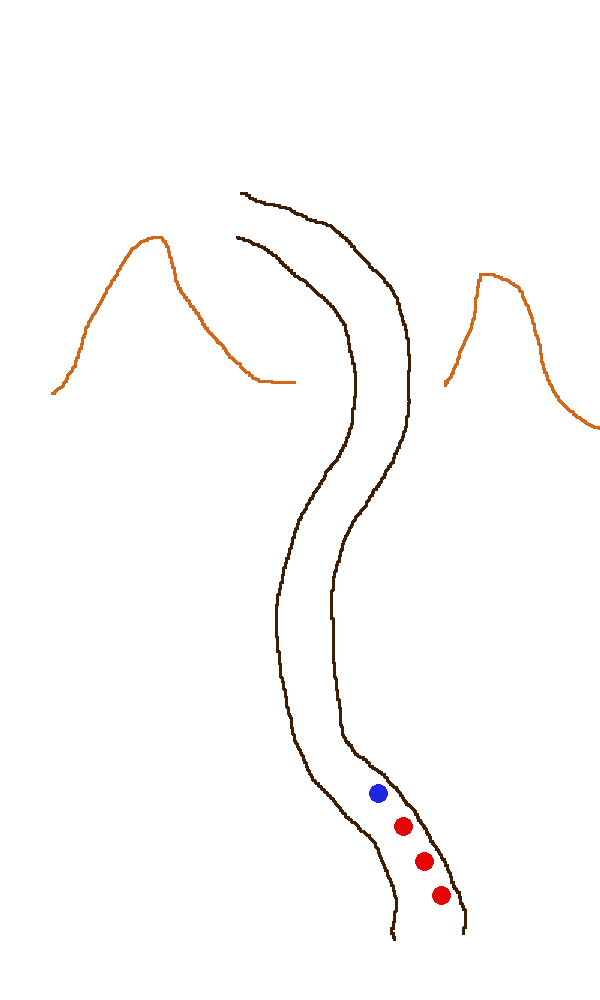
Greeting fellow trekkers you find is part of the trek in many places. On quiet trails in Himachal, one may rarely meet anyone all day, but in Ladakh, the popular trails are abuzz with people, and especially people of multiple nationalities. Here you quickly learn to greet each other with 'Juley!, the local form of a "Hello!". While climbing Kilimanjaro, most trekkers you come across shout out 'pole pole' (pronounced polay polay). And our guides would keep reminding us all through the day - 'pole pole'. In Swahili, it means 'slowly, slowly' and is a wonderful example of the African way of doing things. The idea is simple - If you feel you can fast, go slower. If you are walking at a medium pace, well, walk a little slower! By deliberately walking slower than you can, you maximize your reserves and the chances that you will reach the top. The objective is not to walk fast, but to walk all the day and reach the destination. At midnight, climbing towards the summit, as I struggled for breath above 5000 m, a guide sat with me, never pushing me to go faster, but calmly still advocating pole pole, so that at the break of dawn I kept my rendezvous with the highest point of the African continent. 'Pole pole' is a good mantra perhaps not just for walking, but for living as well.

Edits: 16-06-2019 - Converted to responsive images. Minor edits.